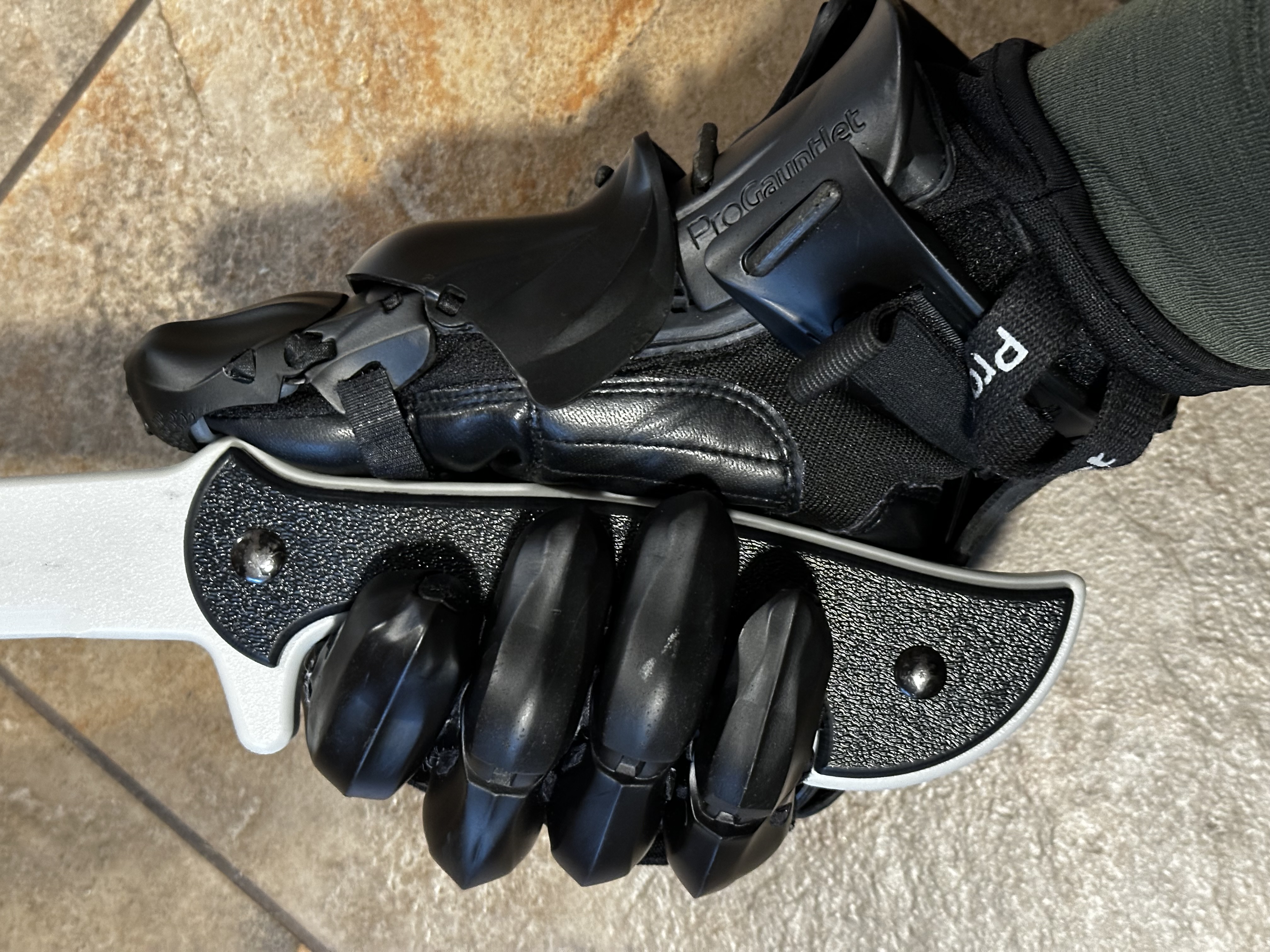
Posted: 28 March 2024 | Last modified: 28 March 2024 | Expires: 23 December 2026
I previously wrote about my experiences with the Sparring Gloves Mittens and the SPES Red Lobsters, both heavy gloves used in HEMA practice and commonly recommended for longsword sparring specifically. While these were the first two pairs of heavy gloves I had on hand, they weren’t the first pair I ordered.
Even before I got into HEMA, I heard about the ProGauntlets via their IndieGoGo campaign. I initially became interested in the gloves due to my eskrima practice, as most eskrima practitioners used (and still do today) repurposed gloves from other sports, such as hockey and lacrosse. (The eskrima scene is a bit behind the HEMA scene when it comes to gear.) The ProGauntlets looked like an amazing innovation in the space, and I ultimately preordered a pair.
Unfortunately, it’d be a while before ProGauntlets shipped; there was even a question if ProGauntlets were just vaporware. I was well into HEMA before I finally got my pair, and I’d already put the Mittens and Red Lobsters through their paces, so had a good basis for comparison.
The ProGauntlets were never widely available, and as of this writing, the company behind them (Crossguard) is no longer in business, so it’s unlikely we’ll see new ProGauntlets being manufactured. Crossguard crowdfunded development, and distributed in the US through Purpleheart. The gloves cost $479 before being discontinued, and were only available in size large during the initial preorder period, though mediums were slowly being delivered before Crossguard closed. Depending on the day I measured my hands, they did or did not fit into the initial release size. (As I said in prior glove reviews, sizing guidelines for gloves leave something to be desired.) It seemed I was right on the edge of medium and large, so pushed forward with the preorder, and eventually got my “Mk1” gloves years later, in May 2022.
The hype around the ProGauntlets was that they were a five-finger glove offering the protection of, or exceeding, mitten/clamshell gloves. This made it an outlier in the space, as most five-finger gloves aren’t as protective as mitten/clamshell models. The added articulation on the ProGauntlets for each finger offered better overall mobility, and because the index finger is free, you could arguably use the gloves with one-handed weapons like sideswords that require placing a finger over the crossguard, assuming your sword’s finger ring was large enough.
Note that this article is a bit of a post-mortem on the ProGauntlets. I wrote most of this before the gloves were discontinued and intended to get this online when ProGauntlet production was expected to continue, but I didn’t hit the publish button because I wanted to document some of my repair ordeals first, and was waiting on replacement parts. For the sake of posterity, this review covers the ProGauntlets used with various weapons in case you’re interested in picking a pair up second-hand, or if you just want to know what all the hype was about when you hear people mention them.
The gloves I received fit me well enough, having a tiny amount of spare space on top of some fingers. Arguably, I may have been able to squeeze into a medium, but that’s not something I was ever able to test. The gloves felt good, had a very cool look, and weighed in at 992 grams for the pair (496g each glove). That’s per my measurements, which immediately suggests the tolerances of these gloves were much better than both the Mittens or Red Lobsters given that both those models had differing weights between left and right gloves.
The width of the ProGauntlets were about 6.3”, or 16 cm. Between this and the weight, they fell between the Mittens and Red Lobsters, and as with the latter, they lended themselves to holding my synthetic short-gripped sansibar (for eskrima) without issue.

I was able to finger the cross of my Albion Marozzo sidesword with the ProGauntlets, but it wasn’t particularly comfortable, as the gloves still felt large for this, and I didn’t feel like my grip was as good as with a thinner (non-heavy) glove. The bulk of the index finger protection was such that once my finger was bent over the crossguard, my hand was effectively locked in place on the sword, and I couldn’t transition grips anymore. That gave me some pause if I were to be the target of a sword disarm, as I was afraid my finger might get stuck in the ring and ultimately cause an injury. This was specific to my gear setup though, so sideswords with slightly larger finger rings, or just a different shape where the bottom of the ring near the cross is flatter, may not have impeded index finger mobility the way my sidesword did.
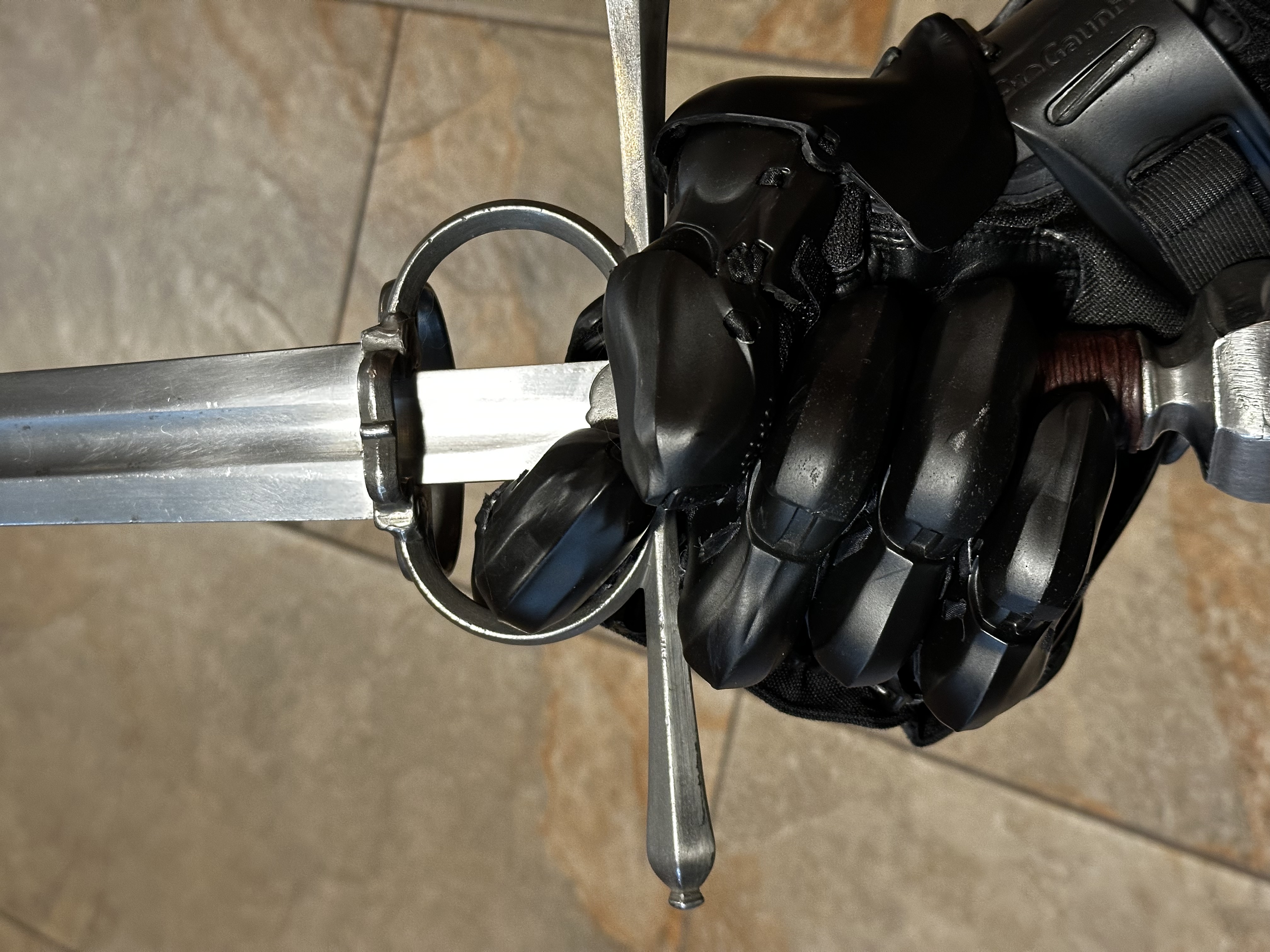
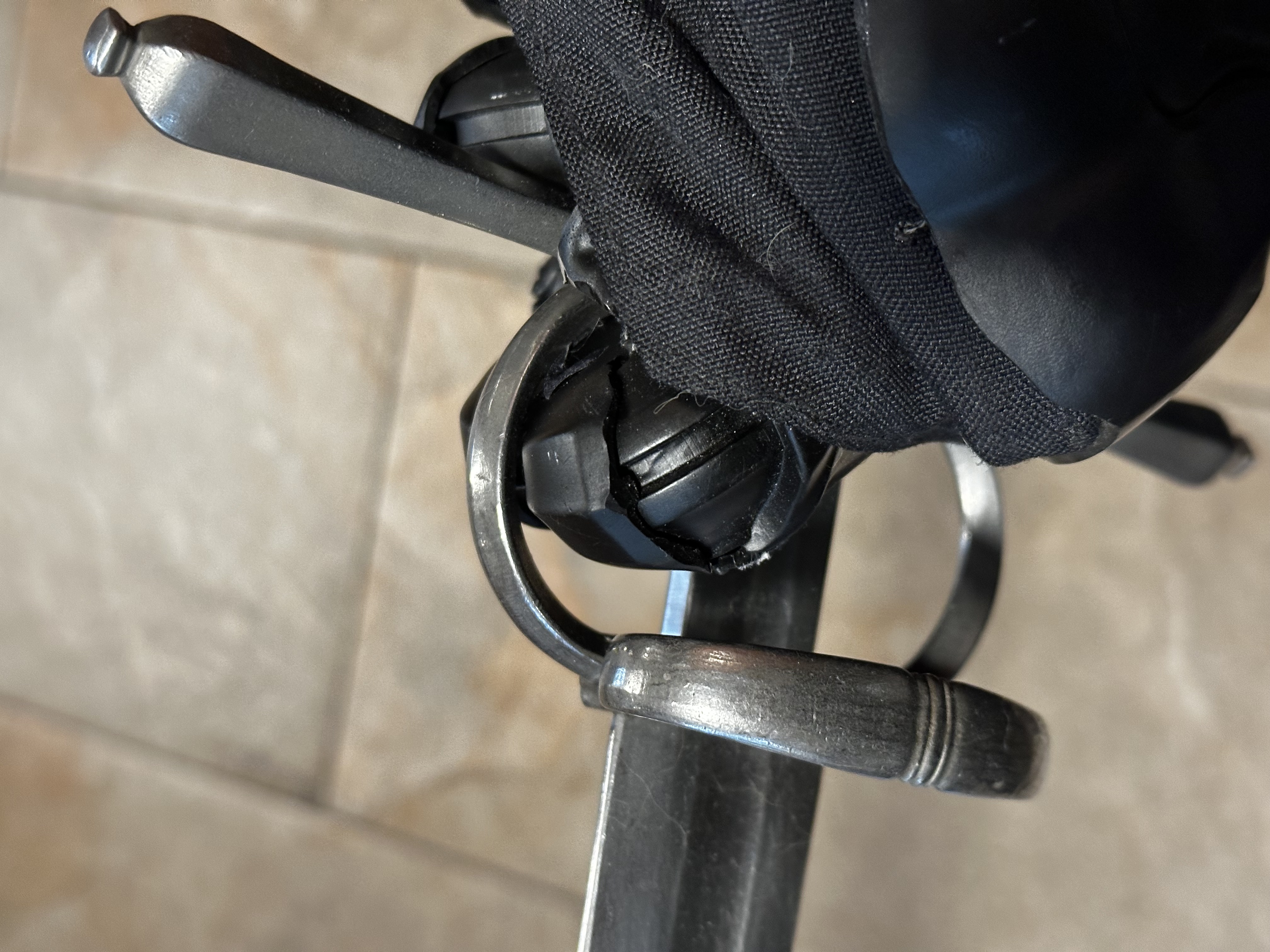
Ultimately, I’d say the ProGauntlets did work for sidesword, and it may just have been a matter of finding a compatible sword model to make it more ideal of a match.
I should also add, in relation to sideswords, that depending on the finish of a sidesword’s cross and ring guard, some wear on the Dyneema straps on the ProGauntlet index finger could occur. Mine showed signs of wear, but the strap held up, but I suspect that long-term, at least with my sidesword, the strap would have eventually shorn through.
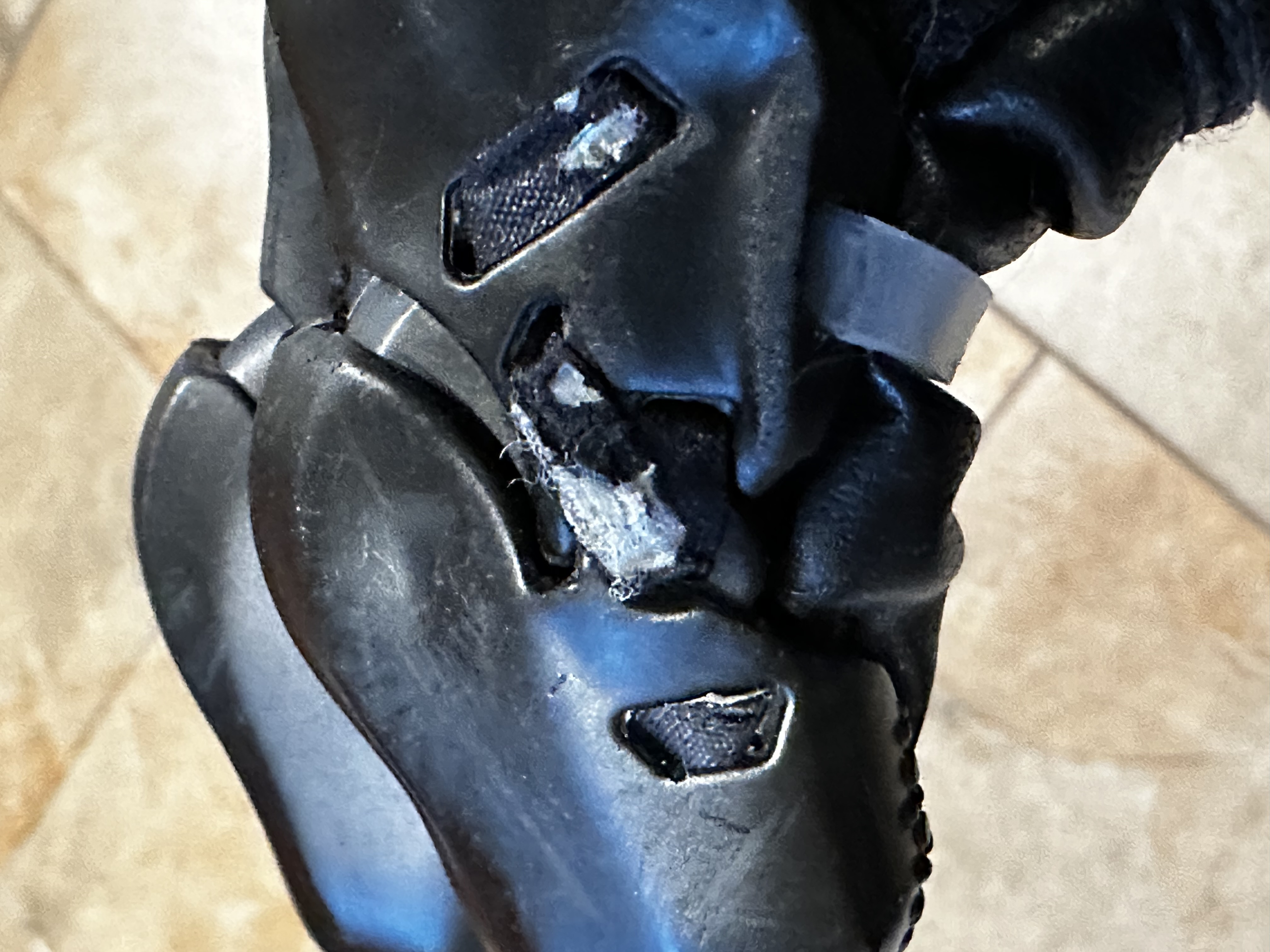
The articulation of each finger was neat to see, but on my right index finger, the articulation for the joint seemed to have too short a track, such that a couple of times while making a strong fist, the index finger joint slipped past its track and required me to physically snap it back into place with my left hand. This didn’t happen often by accident, but I could easily replicate the problem if I wanted to, and that caused some concern. After I took the glove apart to replace parts (which I’ll address in more detail later), the issue went away, so it must have had something to do with a bad fitting during initial assembly.
Protection-wise, the ProGauntlets were great. There were only two hits I took that hurt, and both were my fault, and aren’t a knock against the gloves. One was during a stretto attempt to grapple, where my opponent’s crossguard struck my left palm during our respective entries. This left me with a sore spot on my hand for about 24 hours. No glove would have mitigated the hit better though, since none have (or should have) hard protection on the palm since it would make holding a weapon difficult.
The second painful hit was between my left index and middle finger, where a cut inconveniently came down between them, likely during another weird stretto play. The spot between my fingers were sore the next day, and whatever happened took off a bit of skin in the valley between those fingers, but there was no damage to the glove. The ProGauntlet design mitigated damage to this area of the hand by offering somewhat of a guard between the fingers, but realistically your fingers shouldn’t be spread apart anyway, so I’d say this was just a freak accident. Of course, this could never happen with mitten/clamshell gloves in the first place, so it’s still worth noting that having extra finger mobility does open a new avenue for getting hurt.
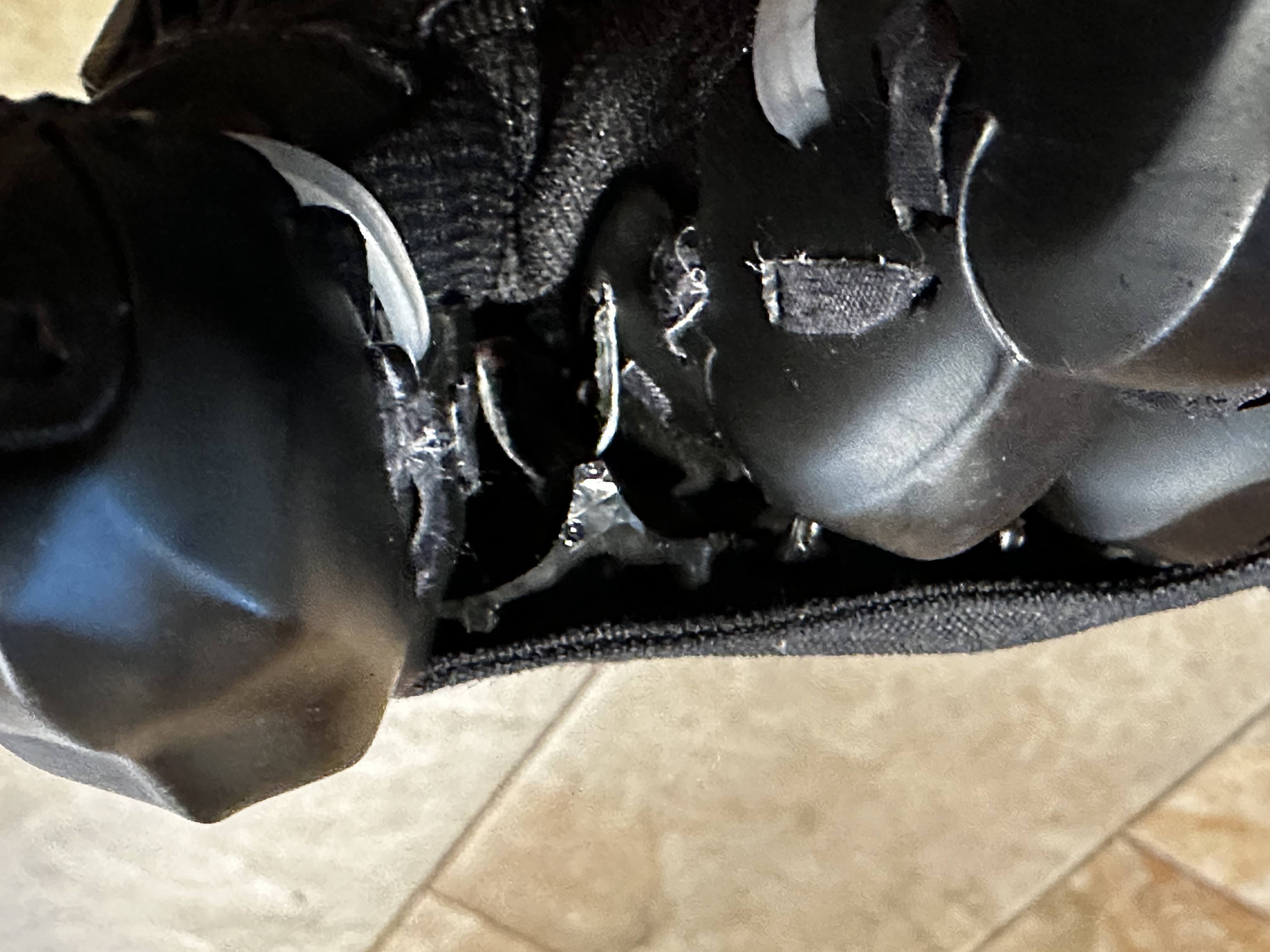
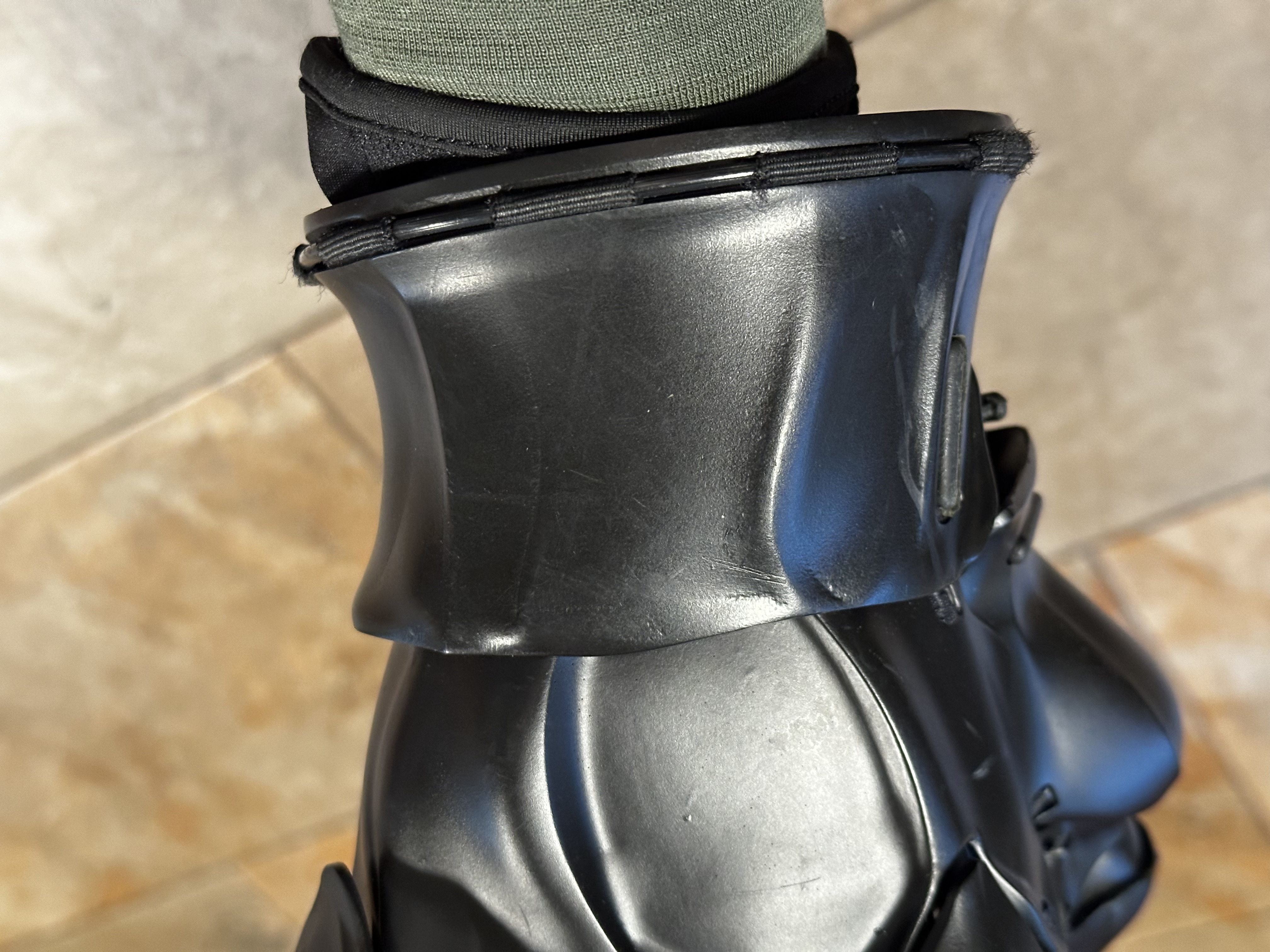
One protective downside to the ProGauntlets was that the cuff was quite short, so your wrist was pretty exposed. I don’t know why Crossguard didn’t make the gloves with a longer cuff, and it seemed to me a design oversight. I wear my Apple Watch during sparring, and while the ProGauntlet did cover the Watch, it did so just barely. Really, a longer hourglass-style cuff would have been ideal.
The plastic caps at the end of each finger had variable flexibility; at the actual finger tip, the plastic was solid for impacts, but the thinner part of the finger cap on the underside of your finger tip, which makes contact with your sword handle, was flexible enough that it still provided some tactile feedback of your handle, instead of completely masking the feel. This also helped your grip itself, as instead of a slippery hard shell against your handle, you had a more pliable plastic which slightly conformed to the sword’s handle. This design is very different from, say, the Infinity Gloves, which have the entire underside of your finger exposed, relying on the sides “grounding” to your sword hilt. In the ProGauntlets, there was no danger of your fingers slipping out from the protective shell and getting pinched by your sword hilt on impact, which is the case with some other five-finger gloves.
The underglove on the ProGauntlets had impact-absorbing material on top of it in certain spots (a silicon-like material), which seems to do its job well. The underglove was affixed to the shell at the tip of each finger, as well as at the glove sides. Proprietary elastic bits and velcro strips kept the shell close to the middle of each finger, and proprietary Dyneema ties, and screws, kept the individual hard plastic bits attached to one another and the main shell. The Dyneema ties and screws did the bulk of the work, while the elastic bits and velcro provided some redundancy mid-finger/thumb to keep the shell firmly against the underglove. If all of this sounds complicated, it’s because it was; these were highly engineered gloves, but that over-engineering is what made them as protective and agile as they were. The downside is that this extra complexity lead to more maintenance than other gloves.
It took a few months before my gloves suffered their first failure, which was a broken elastic bit on my left index finger. I have no idea what caused this, and the issue wasn’t significant enough to warrant a stop to my sparring session, but this type of maintenance issue was common with the ProGauntlets.
What was maddening about these rubber bits tearing is how random it was. Most tears occurred on my dominant hand, but it could happen days or months after a replacement was affixed.
The gloves came with a small baggy of replacement parts, which included three spare elastic bits, so the fix was easy enough to do. Not even a full year in, I used all the replacement elastic bits for the fingers, and had to request more. In truth, given how quickly the elastic bits in particular broke, there should have been several times more in the replacement baggy. (Between me getting the gloves and running out of my initial replacements, Crossguard seems to have changed the elastic bits - they newer ones were transparent and supposedly more durable, so maybe the three or so in the bag, had they been of the newer variety, would have lasted a year for some users.)
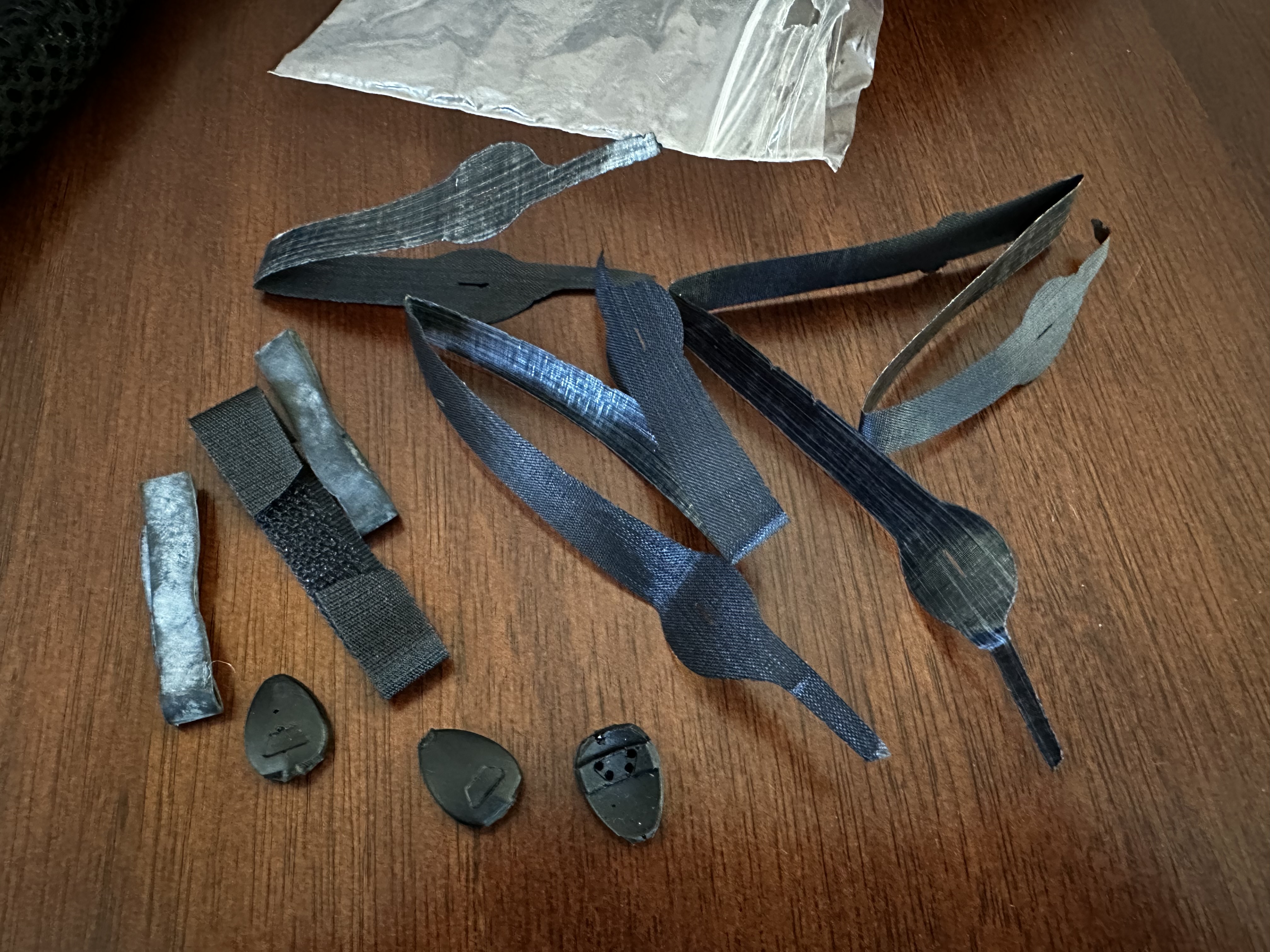
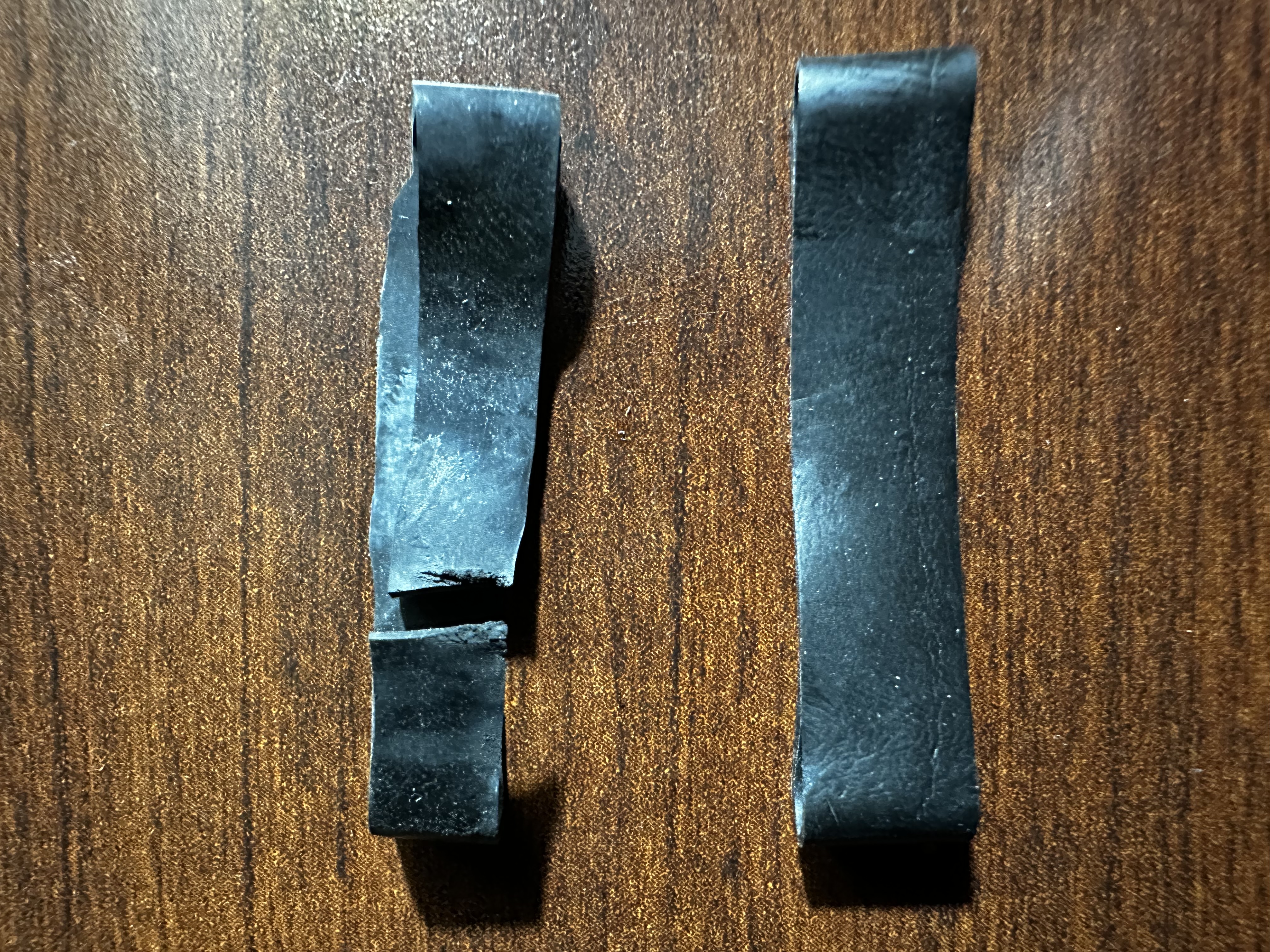
Since I ran out of the provided elastic bits, and it was taking forever to arrange getting new ones from Crossguard, I used flat elastic ties to replace the broken rubber ones, and this worked well. In fact, I recommended this as a much cheaper solution than buying a first-party repair kit, since the kits came with so few replacement bands given the price. I suspect the elastic bits broke so often because the plastic loops they go through “bite” into the rubber; if the plastic loops had more rounded edges, and maybe were thicker, maybe the ties would have lasted longer. The flat elastic ties I used as replacements have a textile outer shell, and that seemed to help with wear.
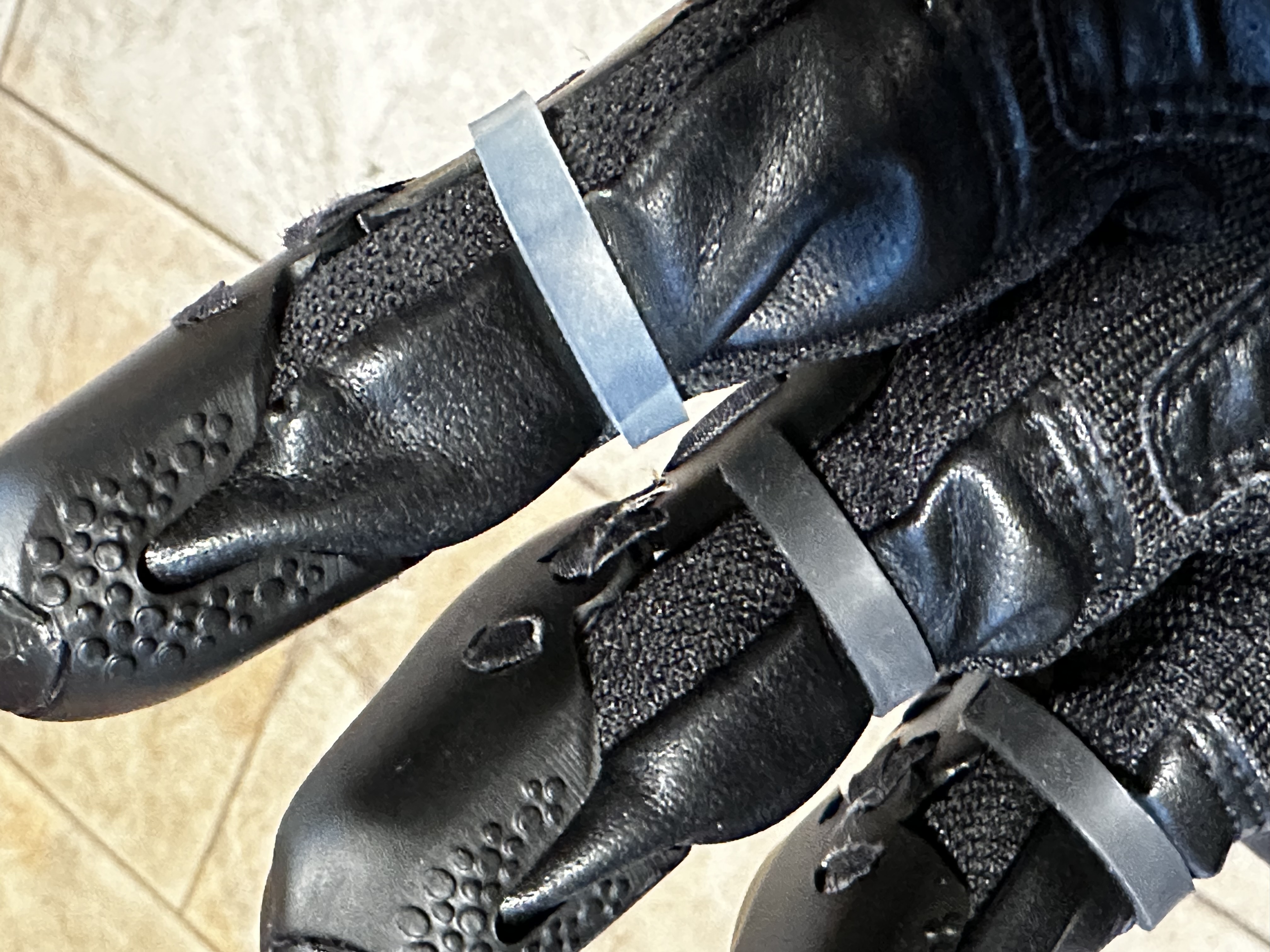
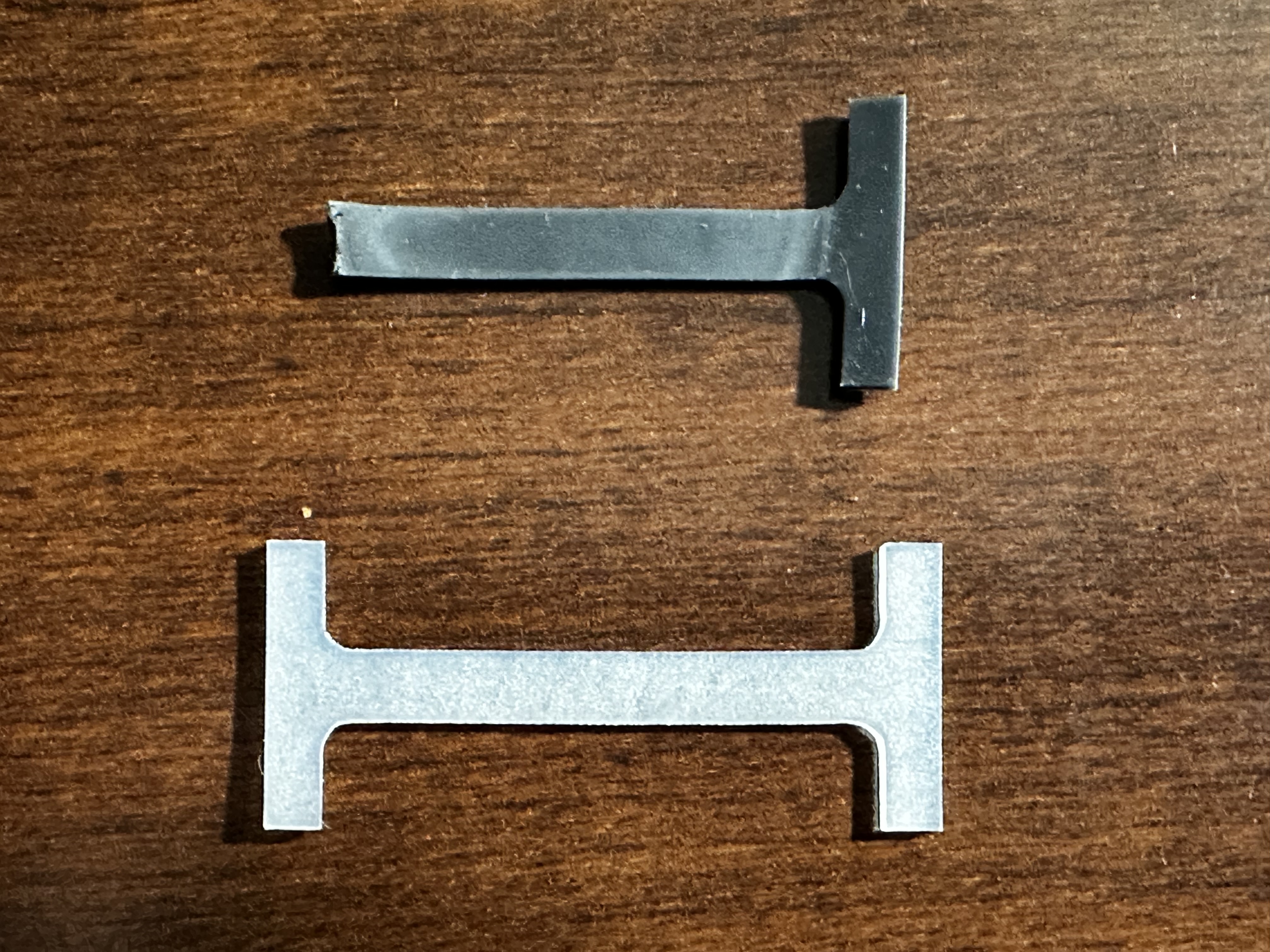
On the thumbs, thin velcro straps stood in for the rubber elastic bits used on the other fingers. These held up a little better than the rubber bits, but they too wore down and broke, so I replaced these with flat elastic ties as well.
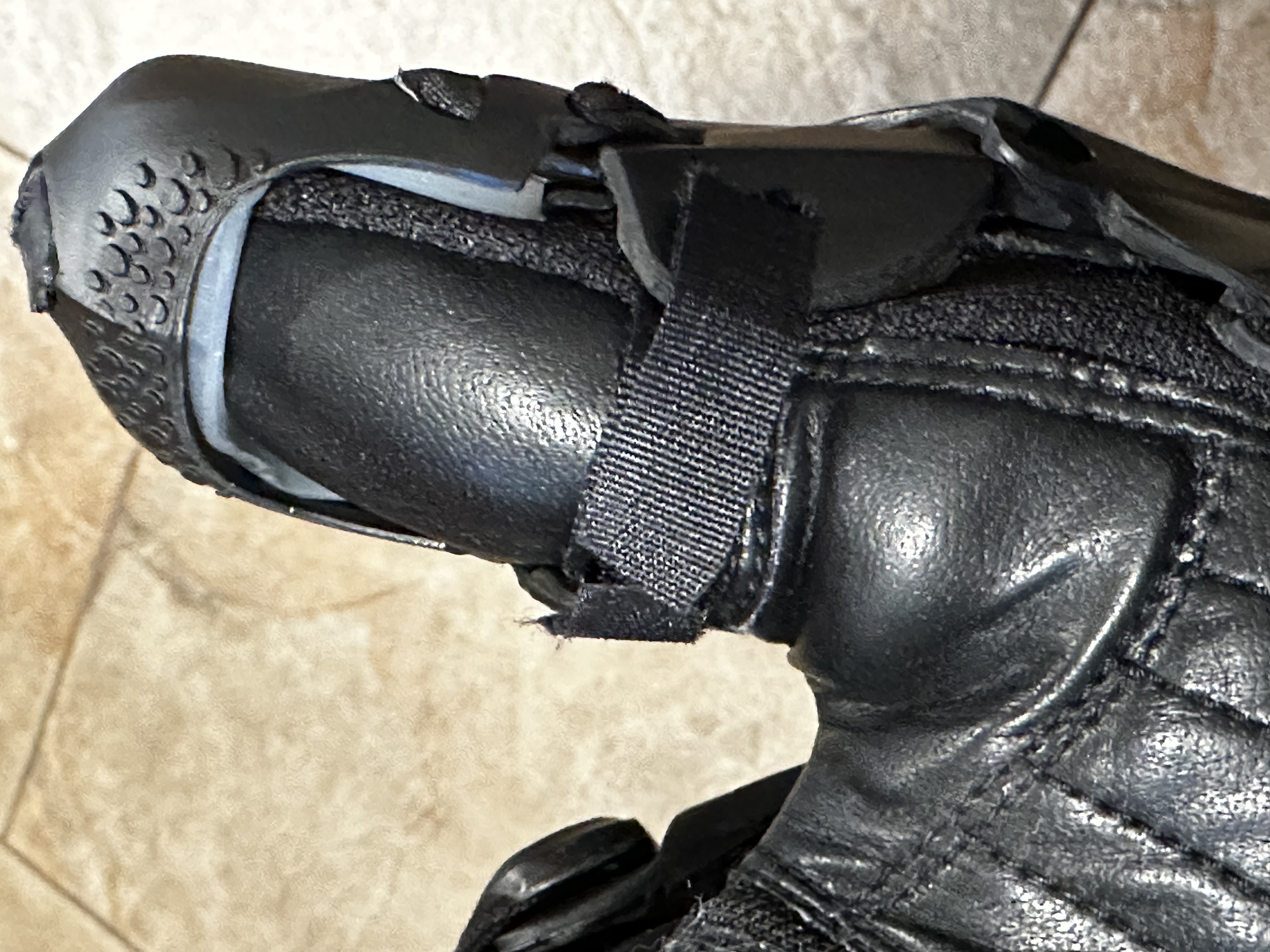
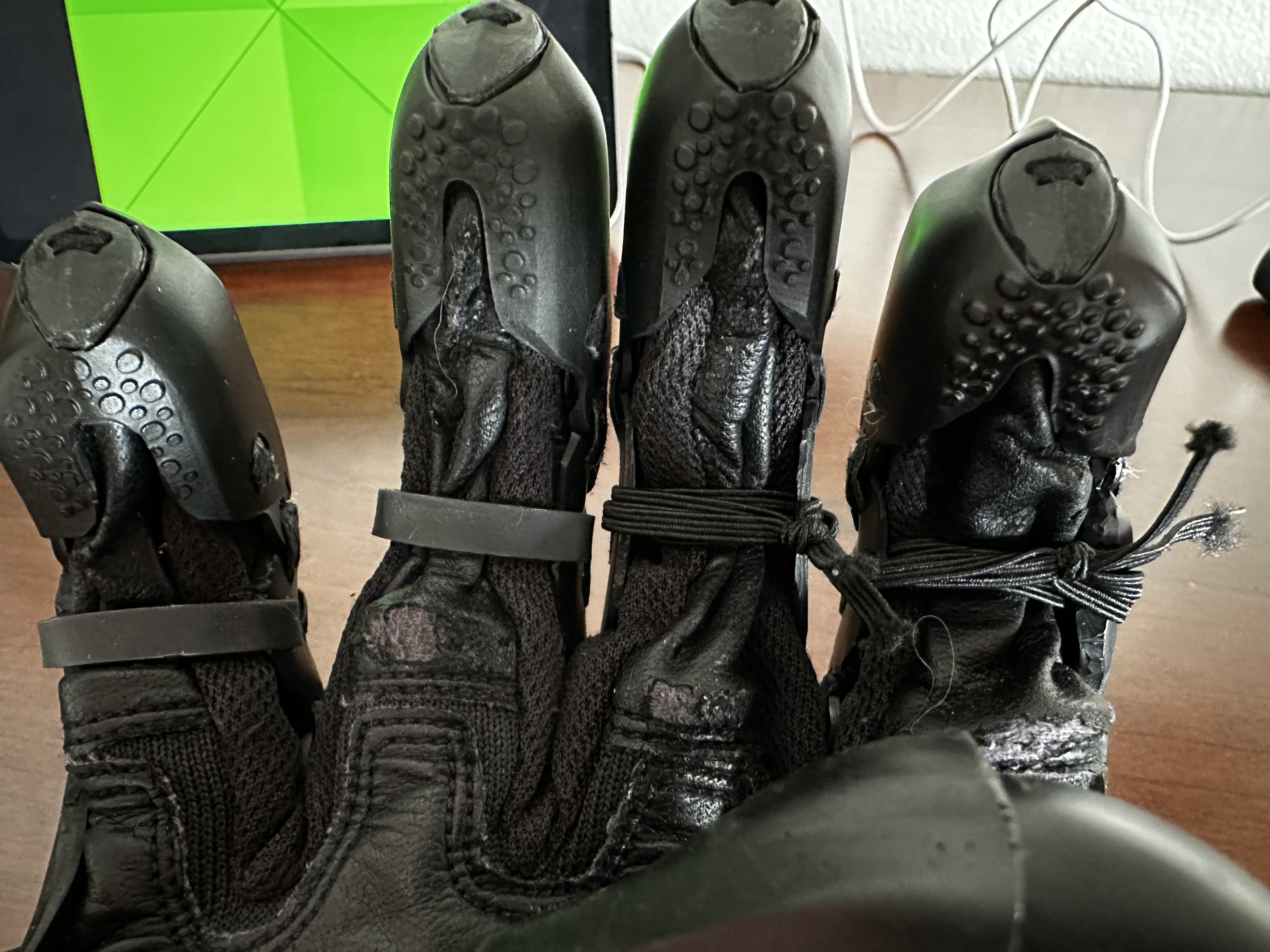
The common criticism of the ProGauntlets (aside from the price) was that maintenance became an issue over time. The elastic bits and velcro that broke on mine were the easiest fixes, whereas the other components proved harder to replace, in that they required both more time to deal with, and more in-depth knowledge of how each glove component was held together. There were no replacement instructions included with the gloves, so you were kind of left on your own figuring out what to do if one of the ties broke, or if you had to disassemble the glove further. I didn’t manage to find maintenance instructions on the Crossguard website, and the videos weren’t publicly available via Crossguard’s YouTube site either, which seemed weird. Also, for some reason, the replacement bits weren‘t listed under the glove category on Purpleheart‘s site, but you could find them if you just searched for “ProGauntlets”. The kit itself wasn’t expensive, but Purpleheart’s shipping costs for this item alone was ridiculous, so it was only worth ordering if you could combine it with other purchases. Also of note is that the picture of the replacement kit showed the old, darker elastic bits, not the newer translucent ones, so it’s unclear if Purpleheart was just selling new old stock, or if they actually got the newer elastic bits before they pulled the listing.
There was a link on the main ProGauntlet site to inquire about replacement parts, but as a US customer, you had to deal with international shipping. If you weren’t in North America, Crossguard sold the replacement kit direct for 5 Euro.
Crossguard‘s support for shipping replacement parts was reasonably hassle-free. This seemed to be the case when I contacted them within my warranty period (the warranty was one year from the glove’s shipping date), but it took a few months after contacting them before I received the two larger parts I needed replaced (read on), owing to production issues.
The underglove on the ProGauntlets was 800N rated, and it had a faux leather texture to it. Unfortunately this seemed to wear fast, and it made me wonder how long the underglove would last overall (especially considering my Red Lobster underglove, used longer, had zero signs of wear). That said, the ProGauntlets were the only heavy glove I’m aware of that had Newton-rated material on the palm of the underglove.
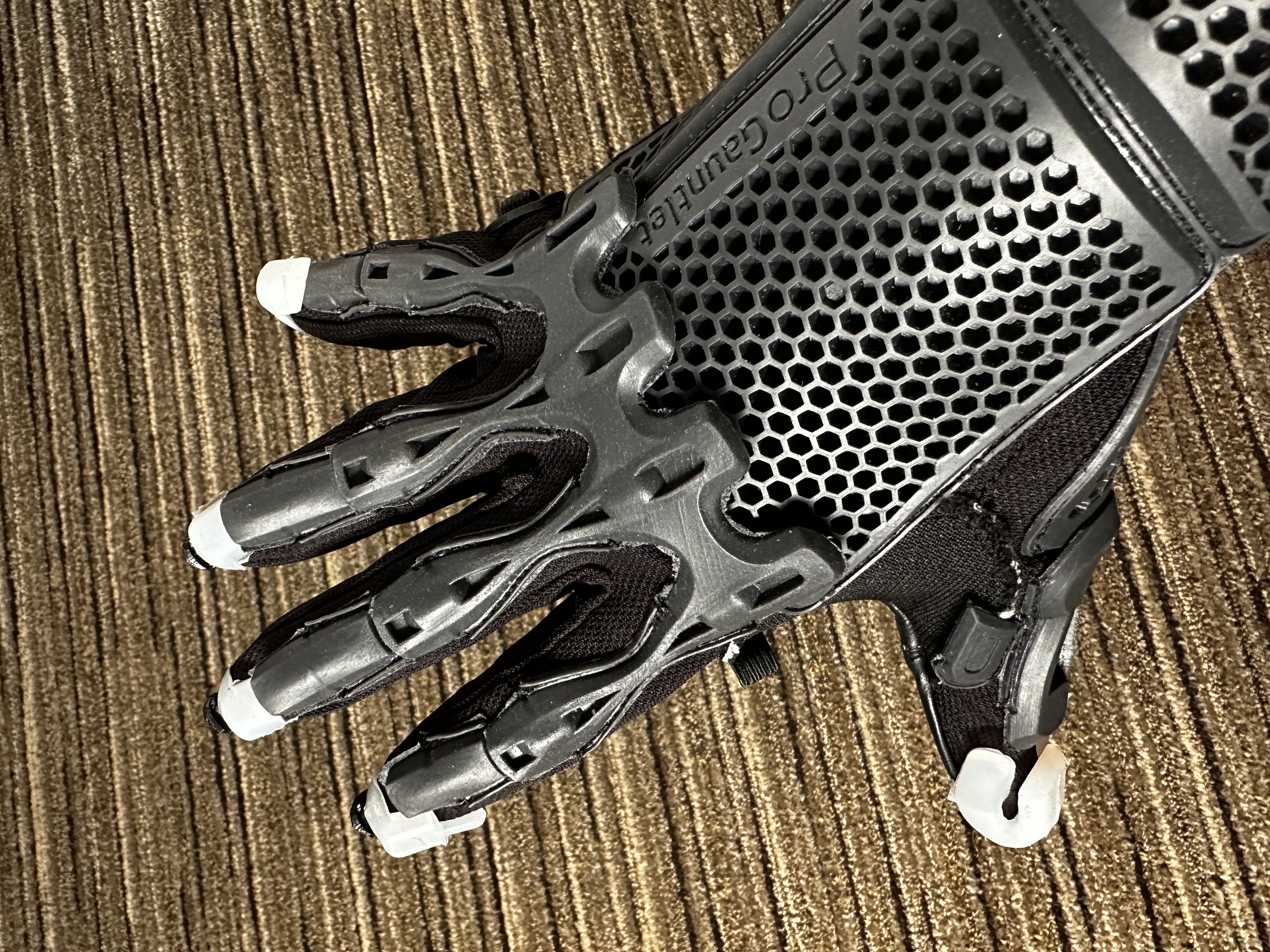
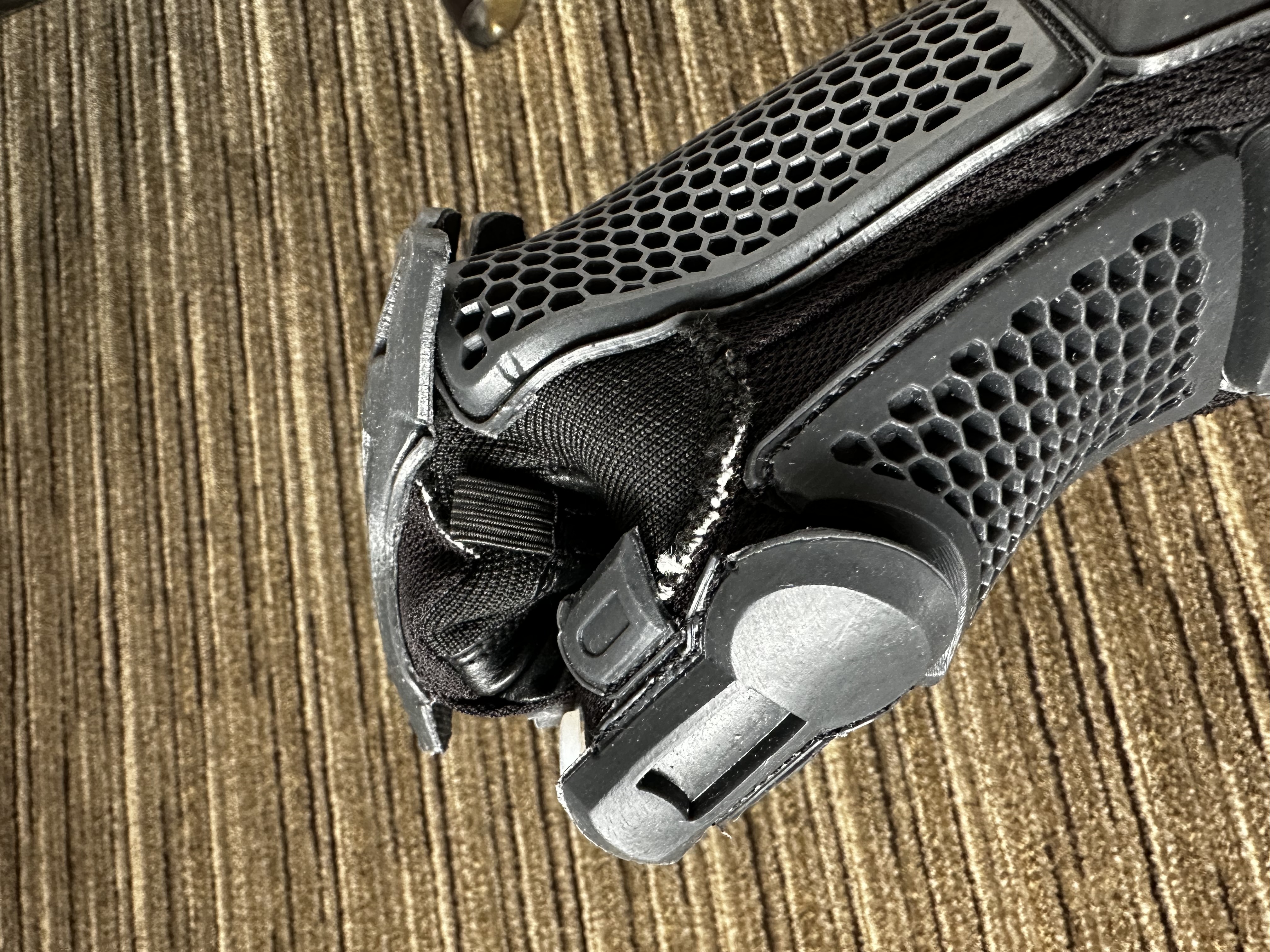
The second failure my gloves experienced build-wise was on the palm, during the aforementioned crossguard strike. A seam near my left thumb burst during the palm strike, exposing skin. My skin wasn’t damaged at all, so I don’t know if my opponent’s cross actually slipped through the burst seam or not. It could be that the crossguard simply “pushed” the material on one side of the seam enough to cause the thread to open up, but I’ll never know for sure. Crossguard responded to my email about the issue within 24 hours, and because the gloves were still under warranty, offered to reimburse costs associated with me taking the gloves to a seamstress to fix. (Shipping the gloves back and forth would have been more expensive, they claimed.) A local seamstress fixed the seam for me for $28, and remarked that she believed the seam was never properly sewn in the first place.
She also commented on the faux leather material, and wondered why it was added. She remarked that a thin leather, like goatskin, would have held up much better. Presumably, Crossguard either cut costs (which seems a tad silly given how expensive the gloves already were), or wanted to avoid all animal products in order to maximize their potential customer-base. Either way, the faux leather they used was too fragile, and any aesthetic value they added doesn’t last long.
The third failure my gloves encountered was a worn hole on my right thumb, which confirmed my concerns about how fast the underglove wore down. For this issue, Crossguard offered to let me ship the gloves back and let them replace the underglove, or just ship me a new underglove. For the latter, they sent me a link to a private YouTube video with replacement instructions. It took a while to get the new underglove, and the process for swapping the old one out was not easy, but doable.
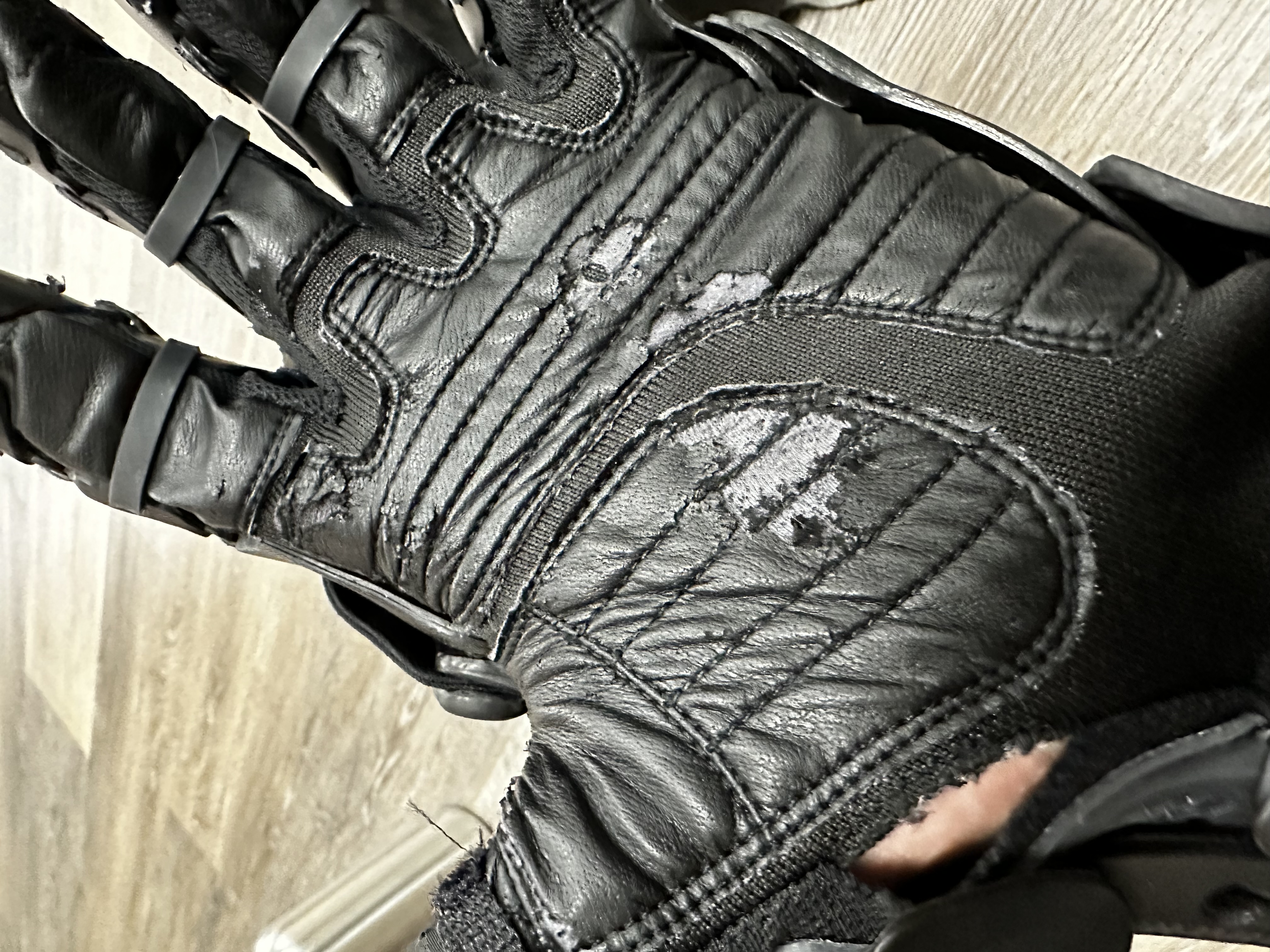
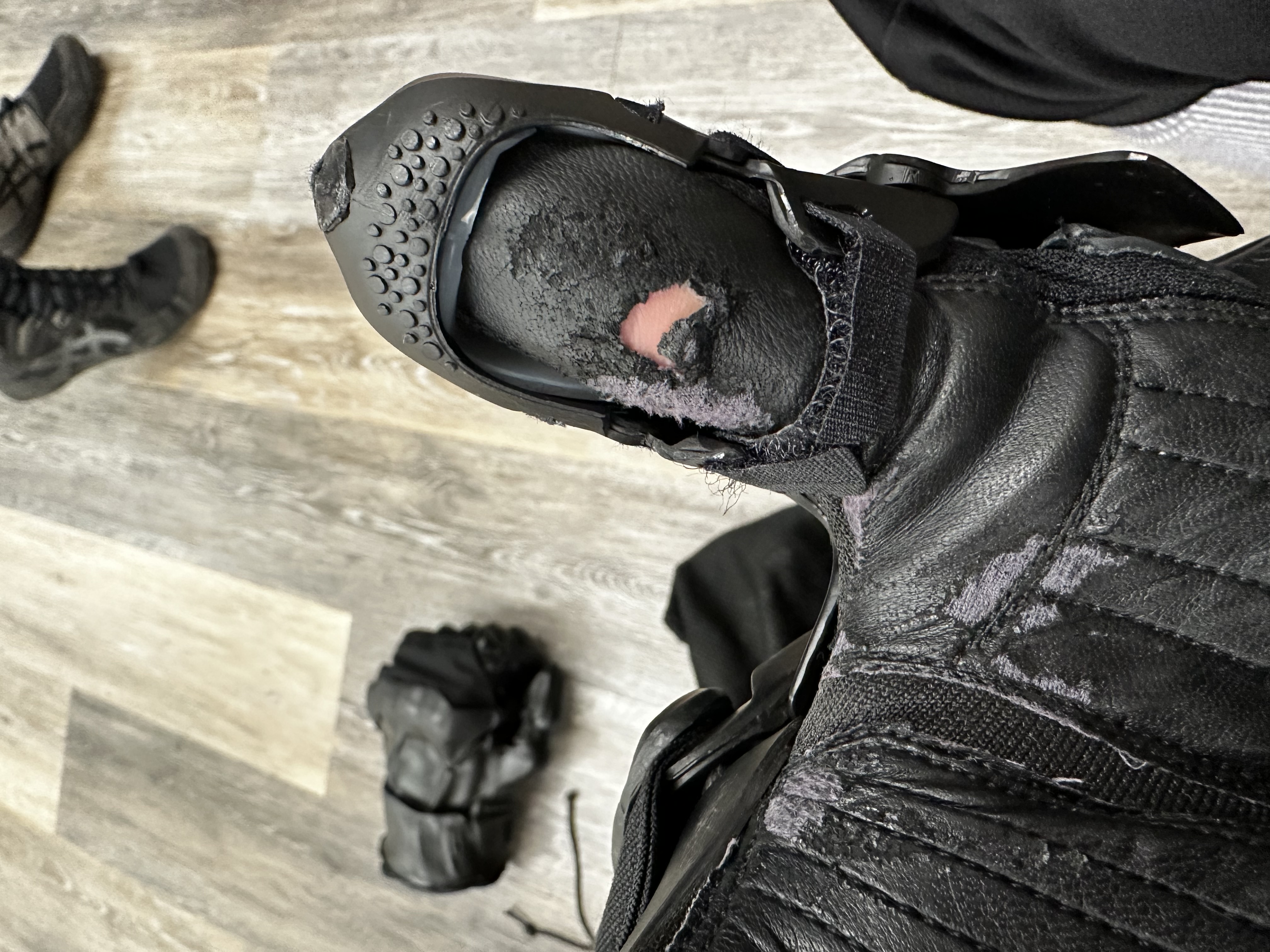
Just a couple weeks after my underglove’s thumb hole appeared, and about a month from the warranty expiring, the plastic loop securing a Dyneema strap on the right thumb broke, as well as the Dyneema tie that went through. At first I thought it was just the tie that snapped, but upon further inspection, I later realized the plastic gave way as well. This replacement thumb bit, in addition to the right underglove, took several months to arrive.
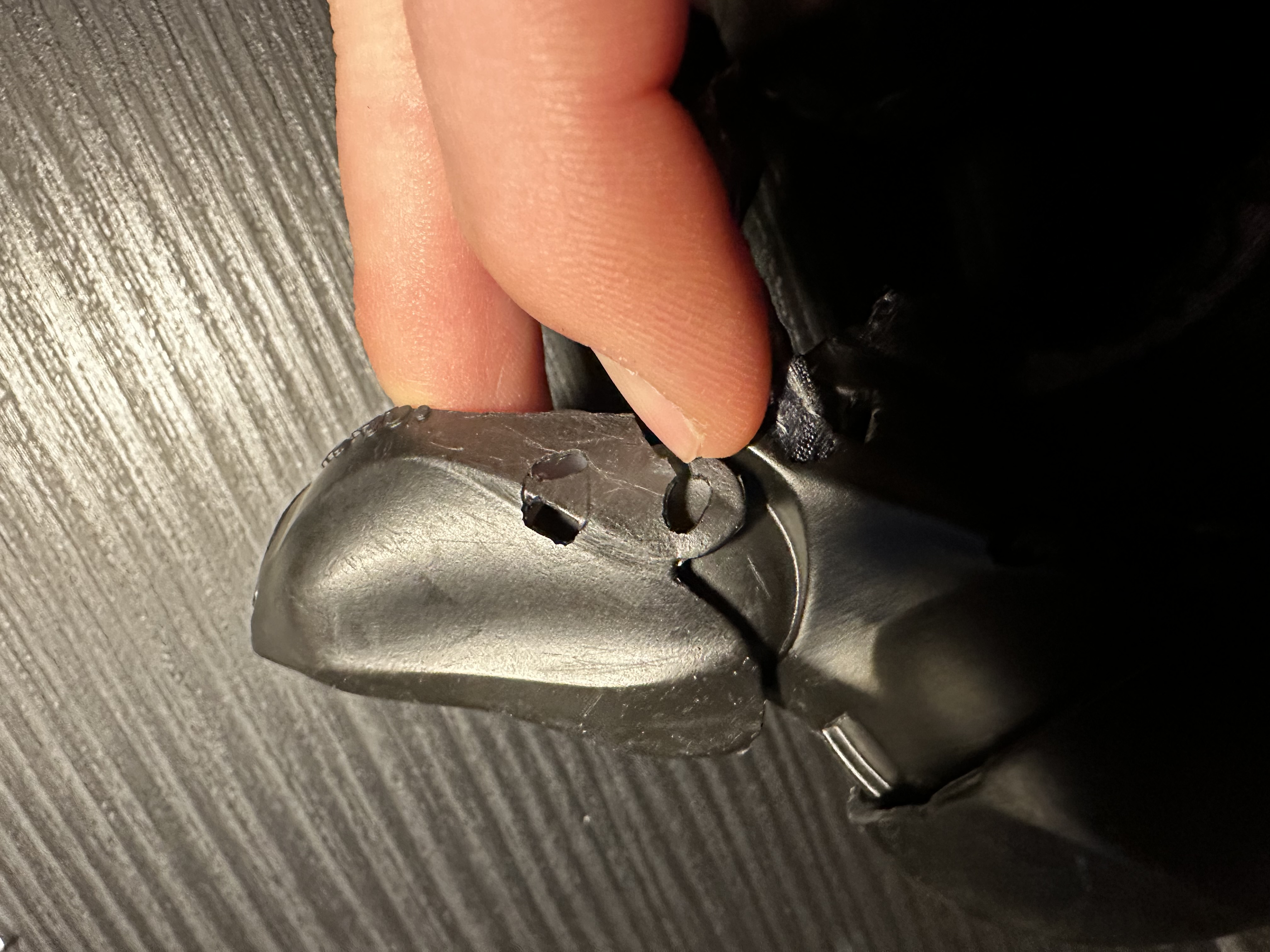
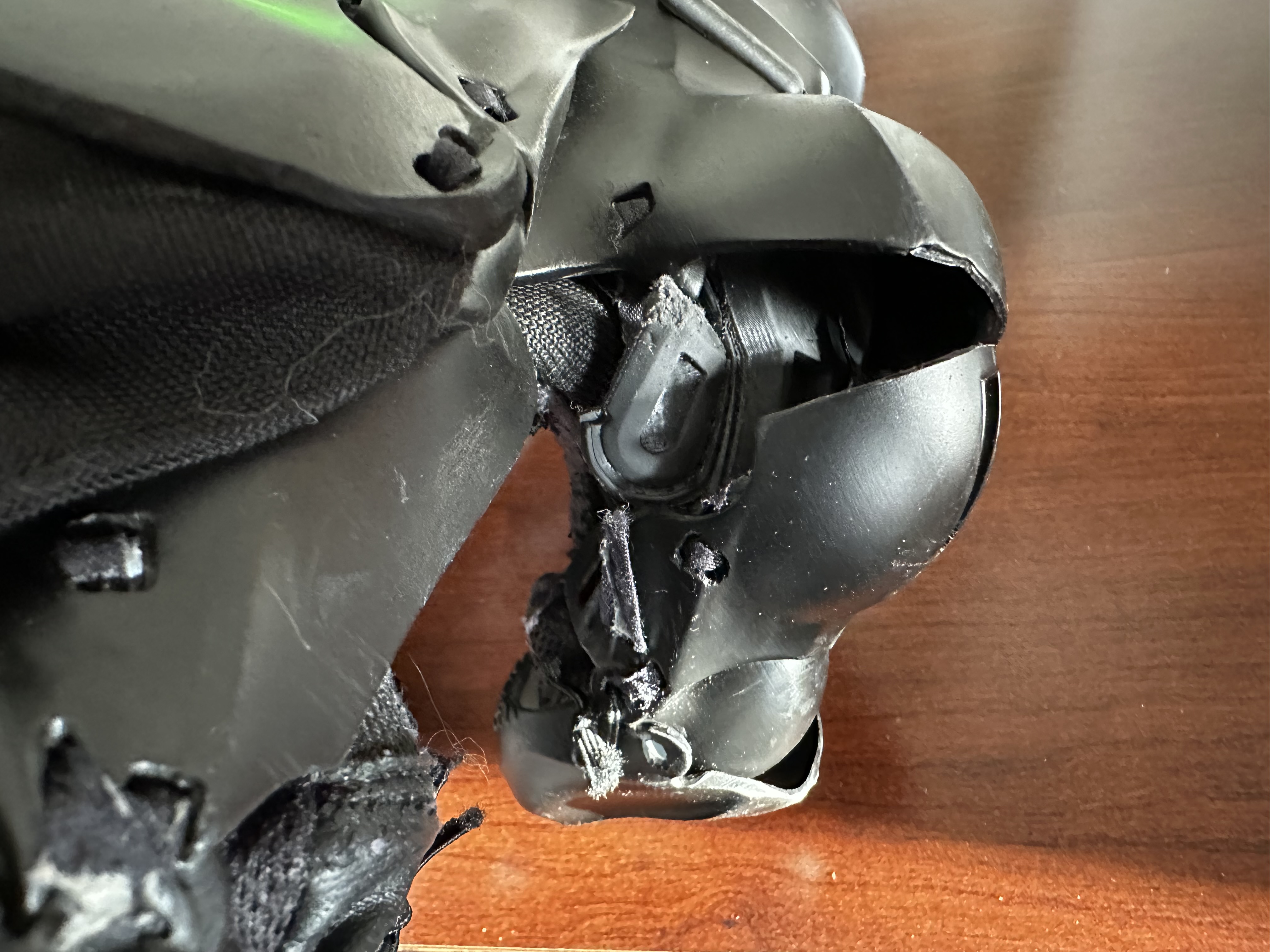
I tried using superglue on the little broken plastic ring to extend its life some, but that didn’t work. The Dyneema tie here failed further, leaving the right thumb loose at both knuckles, and the glove compromised. I tried taping the thumb plates in place as a last ditch effort to keep the gloves in play, but that completely destroyed any mobility, so I had to stop using my right glove until I received replacement parts.
Just before the thumb’s integrity was completely lost, another Dyneema tie tore on my right ring finger, causing the upper section to slide off-track. After several weeks, Crossguard provided me a a video to replace the Dyneema here. I eventually dug up the other ProGauntlet repair videos thanks to helpful folks in the HEMA community, and went through them to better understand how the gloves were put together. Let’s just say that doing surgery on the ProGauntlets was a timesink.
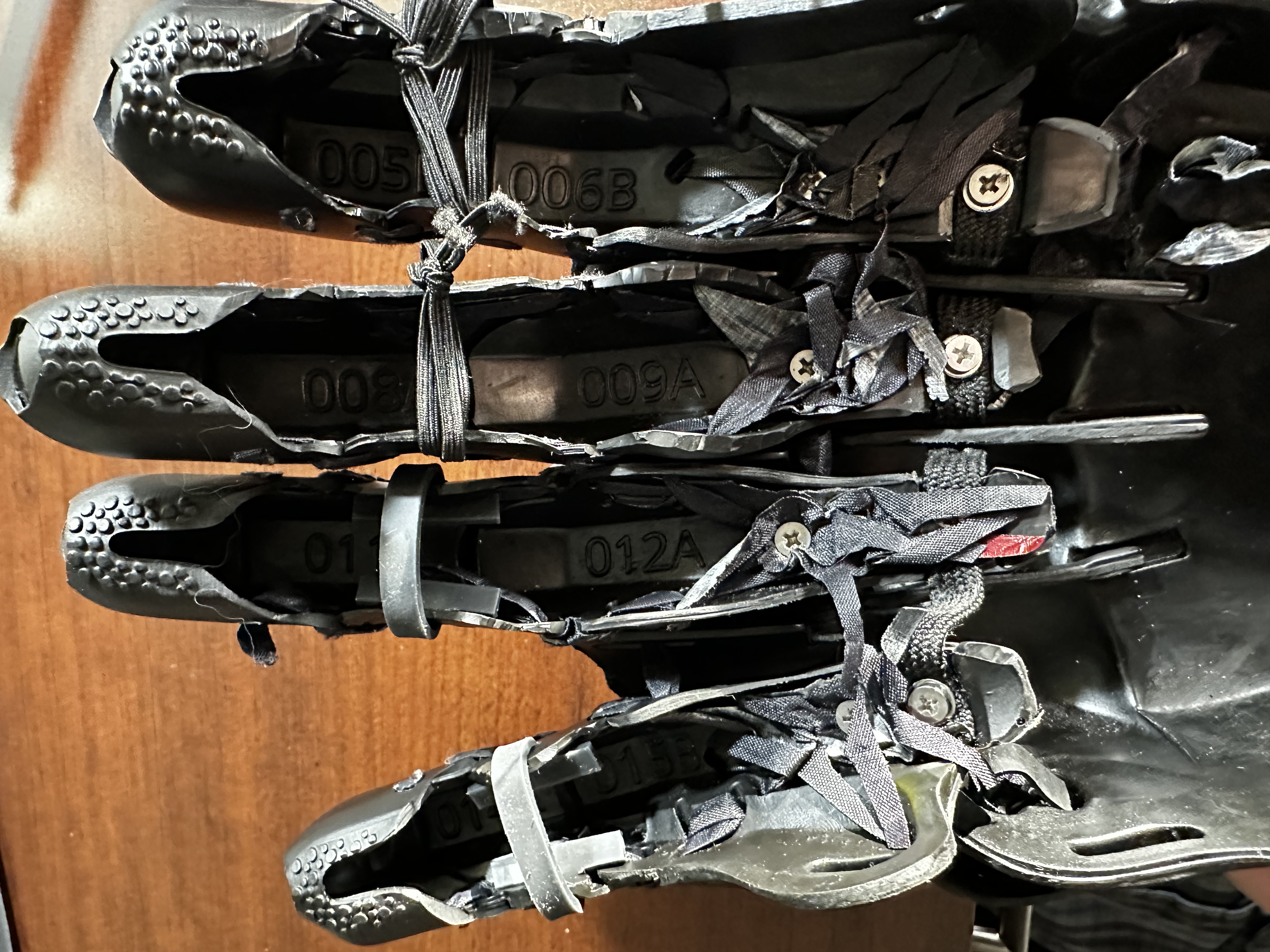
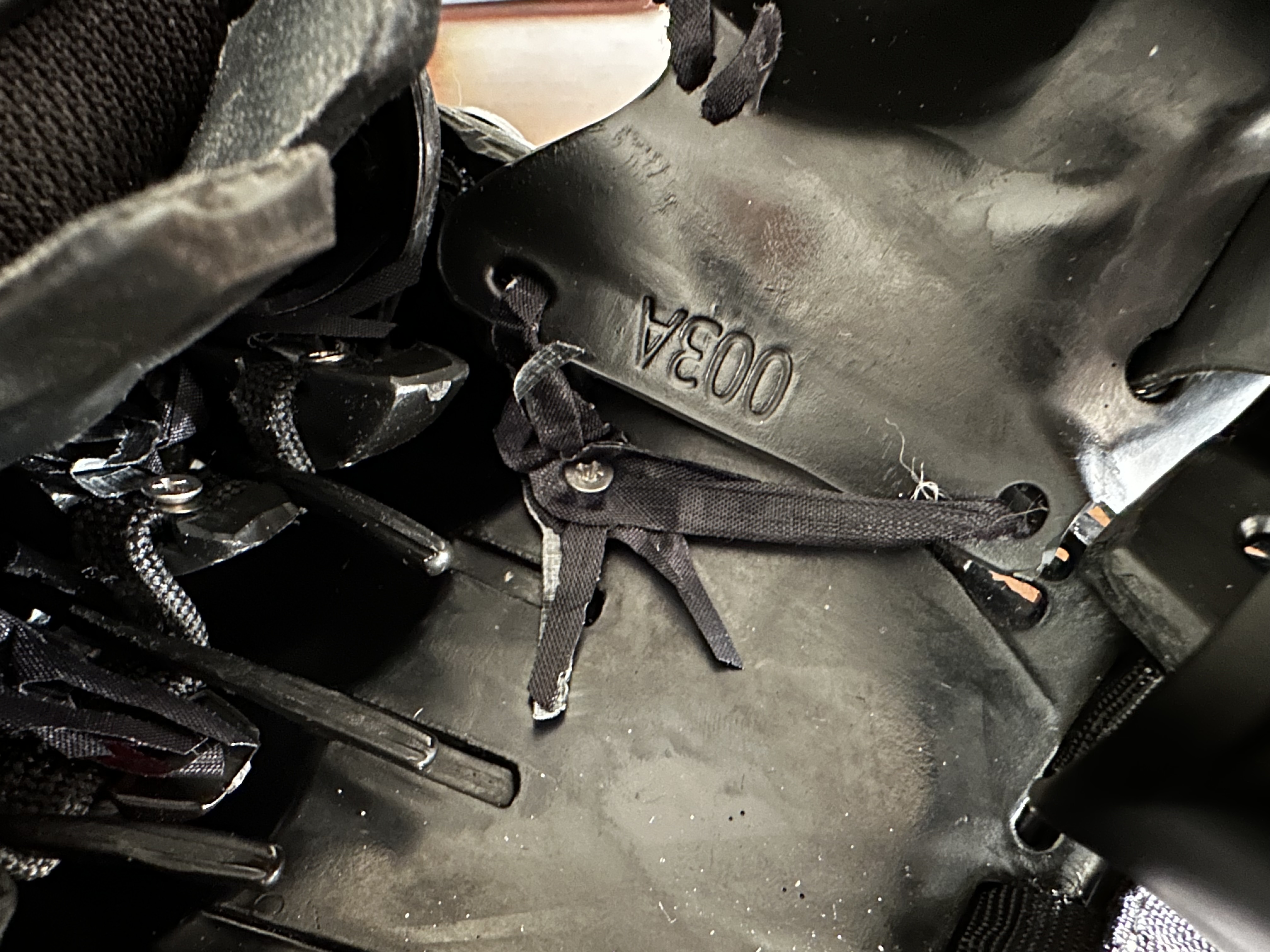
I’ll admit that mobility was better with the ProGauntlets than the Mittens or Red Lobsters. Initially, I didn’t feel like the difference was appreciable, but one of my instructors commented more than once that my point precision and blade movement seemed better whenever I wore the ProGauntlets. After wearing the gloves back-to-back with my other gloves for a while longer, I had to admit the ProGauntlets felt noticeably better overall, especially for thumb-on-schilt movements. While I kept my Red Lobsters around for a little longer, mostly because I wanted a backup glove in case the ProGauntlets suffered a failure, I leaned towards using the Red Lobsters less and less, so eventually sold them.
More prominent fencers have remarked on how five-finger gloves for longsword practice aren’t necessary, and I don’t disagree. The ProGauntlets were a luxury item, and I wouldn’t recommend any five-finger glove to someone who hasn’t already tried less expensive heavy gloves, for the same reason that you wouldn’t recommend a luxury car to a new driver just looking to get from point A to point B.
The ProGauntlets offered minor mobility gains in exchange for more troublesome maintenance and a higher initial cost. The promise is that they were the do-everything HEMA glove, but in reality, for less than the cost of the ProGauntlets, you could order both a mitten/clamshell glove for longsword, and a separate middleweight glove for sidesword and have all your bases covered.
Before my right thumb was compromised, I was exclusively using the ProGauntlets for longsword, as I sold my other heavy gloves.1 In retrospect, I should have kept one of them. I ended up buying a pair of Black Knights so I could still spar while waiting on my ProGauntlet replacement bits, and will now always have a backup pair of heavy gloves in my bag. The Black Knights are not nearly as good as the ProGauntlets in terms of comfort and mobility, but they provide piece of mind and are, most importantly, reliable.
Not long after I received all the replacement parts for my ProGauntlets, Crossguard went under, the dream of the ProGauntlets vanished with it. It’s a shame, really, because despite the cost, the gloves really were wonderful when they weren’t broken. Maybe if replacement parts were readily available, and if major components (like individual fingers) could be swapped out for better modularity, the decision to shell out nearly $500 for the ProGauntlets might have made sense for more people. I know Crossguard toyed with the idea of offering a parts subscription program, and maybe that too would have made a small difference, but their supply chain issues curtailed any efforts at mitigating the fragility of the ties and other small bits.
For the luxury price, there should have been luxury support to match. It wasn’t just that you had to expend effort to repair the gloves when they inevitably broke, it’s that you couldn’t even do all the repairs because you couldn’t get the necessary parts. You also couldn’t access a library of repair videos, and, if you were out-of-warranty, there was no immediate transparency about how expensive the replacement parts would cost once they became available.
All said, I don’t regret buying the ProGauntlets, despite the substantial maintenance issues compared to other gloves. When working, they were awesome. And for folks who don’t spar with much intensity, you may very well never have most of the issues I had with mine.
My final takeaway is twofold: don’t be a beta tester for unproven HEMA products, especially gloves. And two, don’t get caught up in the dream of fivefinger gloves that meet the protection and comparative low maintenance of mitten gloves.
I’ll address alternatives because it’s an inevitable follow-up. I’ll reiterate that five-finger gloves aren’t necessary for longsword, and aren’t even needed for some single-hand weapons either. But because people love the idea of a little extra mobility, talk of five-finger heavy gloves never seems to go away. There are only two models out there right now that are worth mentioning here, but neither are as protective as the ProGauntlets, but both are cheaper and actually still in production.
Wait time for these is just under a year. They can be ordered in the US through HEMA Supplies and Purplheart both, and they sport a much simpler design than the ProGauntlets. On the one hand, that means they don’t require much maintenance, but on the other, it also makes them less protective.
The two biggest issues with these is that the exposed rivets can take damage, so you have to tape over them. As mentioned earlier, some people have also had issues with their fingers getting pinched between the plastic covers and their sword hilt, as there’s nothing keeping the entire finger locked beneath the plates. Tape solves this issue too, as you can just wrap each finger to prevent them from slipping out. Aesthetically, this seems a bit ridiculous to do to new, nice gloves, and it highlights a design flaw.
There are some reports out there of people getting their pinky fingers broken during intense bouts, but otherwise the gloves seem protective enough. They’ve now been out long enough that with the aforementioned modifications, the gloves seem durable, and I’d argue that this is probably the most accessible model of a five-fingered glove appropriate for intense longsword use. They’re barely heavier than the ProGauntlets, still look cool, and the only long-term maintenance issues if you’ve taped them up seems to be underglove wear, but that issue existed with the ProGauntlets also.
Note that while there is a “custom” sizing option, I understand it’s just to map your size onto one of their templates, so it’s not like you’re getting bespoke sizing for each digit.
These are getting quite the hype, and CHSC seems to be iterating on the design fast enough. If it matters to you, CHSC is a Chinese company that used to sell exclusively on Facebook, but the gloves are now being carried by SoCal Swords and Purpleheart. I’ve seen the gloves used in longsword competitions, but several reports out there suggest they’re not the safest for this purpose, yet offer very good mobility. I think they’re a bit uglier than the ProGauntlets personally, but more important is that both US vendors provide disclaimers on how well they protect.
We may be slowly past the beta period for these, but reports of longer use aren’t great, at least as far as maintenance goes. There are repair kits sold for these, and the underglove seems particularly prone to wear. I’m not sure the $340 cost of these are worth it, unless you’re specifically looking at these for sidesword use, in which case, I guess there’s nothing better.
I first cut the Mittens from my kit because I didn’t love the need to wear a separate underglove, disliked the wrist/cuff setup of the extended cuff version I had, and couldn’t get over the inability to hold my sansibar (for eskrima) properly. I then sold my Red Lobsters because while maintenance was a lot better than the ProGauntlets, I didn’t want to keep checking all the elastic ties and such and deal with yet more glove maintenance, and mostly stopped using them. ↩